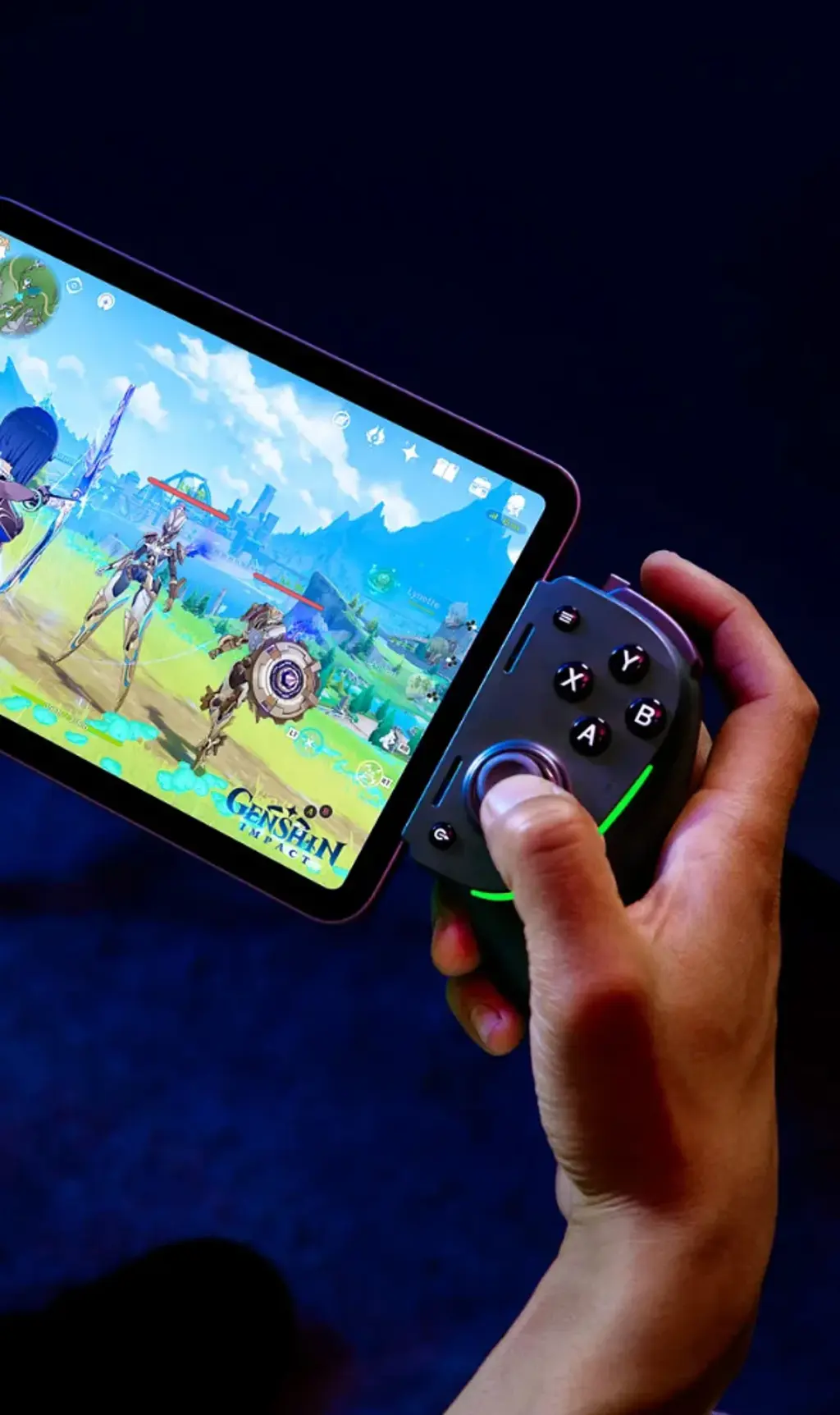
Recent innovations in gaming technology are set to revolutionize how players engage with their favorite games. The introduction of advanced equipment, such as haptic suits and augmented reality (AR) headsets, is enhancing user experience and performance for gamers worldwide.
The gaming industry is experiencing rapid growth, driven by advancements that create more immersive and interactive environments. According to a report by Statista, the global gaming market is projected to reach approximately $200 billion by 2024. This surge is attributed to the increasing demand for technologies that enhance gameplay and provide a realistic experience.
Innovative Technology Redefining Gameplay
Haptic suits, which use vibrations and feedback mechanisms, allow players to feel in-game actions, creating a more realistic experience. For instance, when a character in a game is shot or experiences an explosion, the suit simulates these sensations. This innovation has garnered attention from both consumers and game developers, with numerous companies exploring its potential. Major players like Oculus and Sony are investing in this technology to enhance the user experience.
AR headsets represent another leap forward in gaming technology. By overlaying digital elements onto the physical world, these devices create a unique gaming experience that blends reality with virtual components. Games like Pokémon GO have already demonstrated the potential of AR in engaging players, allowing them to interact with digital characters in real-world settings.
Gaming performance is also being transformed by these technologies. Enhanced feedback and immersion can lead to improved player reactions and strategic decision-making. Research indicates that players using haptic gear may experience a noticeable improvement in their performance, particularly in fast-paced environments where responsiveness is critical.
The Future of Gaming Gear
As the gaming landscape continues to evolve, the integration of these technologies is becoming more prevalent. Industry experts predict that by the end of 2024, we will see a significant increase in the adoption of both haptic suits and AR headsets across various gaming platforms. This shift not only caters to hardcore gamers but also opens doors for casual players seeking a more engaging experience.
Moreover, the competitive gaming scene, or esports, stands to benefit enormously from these advancements. Players can gain a competitive edge through enhanced sensory feedback and immersive environments, potentially leading to higher performance levels in tournaments.
The ongoing development of these technologies reflects a broader trend towards personalization and immersion in gaming. Companies are focused on creating gear that not only enhances gameplay but also allows for customization, making experiences more tailored to individual preferences.
In conclusion, the rise of haptic suits and AR headsets signifies a pivotal moment for the gaming industry. These innovations promise to reshape the way gamers interact with their favorite titles and push the boundaries of what is possible in virtual and augmented environments. As these technologies become mainstream, the future of gaming looks increasingly immersive and exciting.






